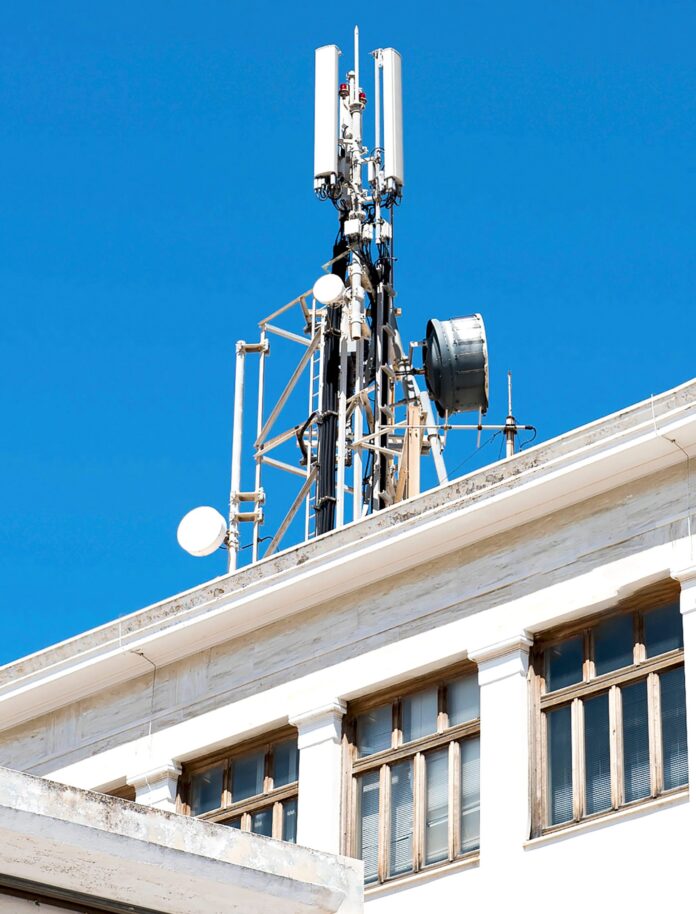With colocation, Crown Castle sees double the per site activity at 10% the incremental cost
Based on commentary from Crown Castle EVP and CFO Dan Schlanger at the Citi 2023 Communications, Media and Entertainment Conference, 2023 will be a big year from small cell densification in the U.S. market. Schlanger said Citi’s Mike Rollins the company expects to bring 10,000 small cells on air this year; that’s up from 5,000 in 2022.
Schlanger noted the 18-month to 36-month gap from booking to installation, and said the past 18 months saw an acceleration in small-cell related bookings. He said Crown Castle booked 50,000 additional small cell nodes in that time period with 35,000 coming from T-Mobile US and the balance from Verizon. “Now we’re starting to get into the position where the installation acceleration is occurring…in 2023.”
“We’re ready, able and willing to provide the small cells as they come up,” he continued. “We have no internal capacity constraints that we have come across…We will push as hard as we can to get as much on air as quickly as we can, and get more bookings as quickly as we can.”
An important point Schalnger called out is that the bulk of small cells to be deployed this year will be colocations, meaning additional equipment will be added to a site that already is connected to power and fiber, as opposed to whole cloth construction of a new site. He said a new site costs 90% more than a colocation. “The amount of capital we spend on a colocation is much lower. As we look out into 2023, the 10,000 nodes we are going to build are majority colocation…That shows the power of colocation—double the activity at only 10% of the cost…That’s the business model we’re in: build good assets, lease them over time, get good results and returns.”
Speaking to Crown’s larger business model, which integrates fiber, tower and other real estate assets, Schlanger said this lets the company have customer-facing conversations that are “beyond a specific asset and more geared toward where they have a specific network issue they need to address. We can have a conversation that extends beyond selling a product and more towards selling a solution…it’s much better when someone can help you solve a problem.”
Asked about strategic priorities in 2023, Schlanger said, “We have a pretty consistent set of priorities. We want to lease up the assets we already own and we want to build assets that we think we can lease up over time.” Given trends around data demand growth and what that means for ongoing investment in network infrastructure by operators, he said, “The ability to keep up with that is going to require an amount of investment…We are best positioned to benefit from that demand.”

